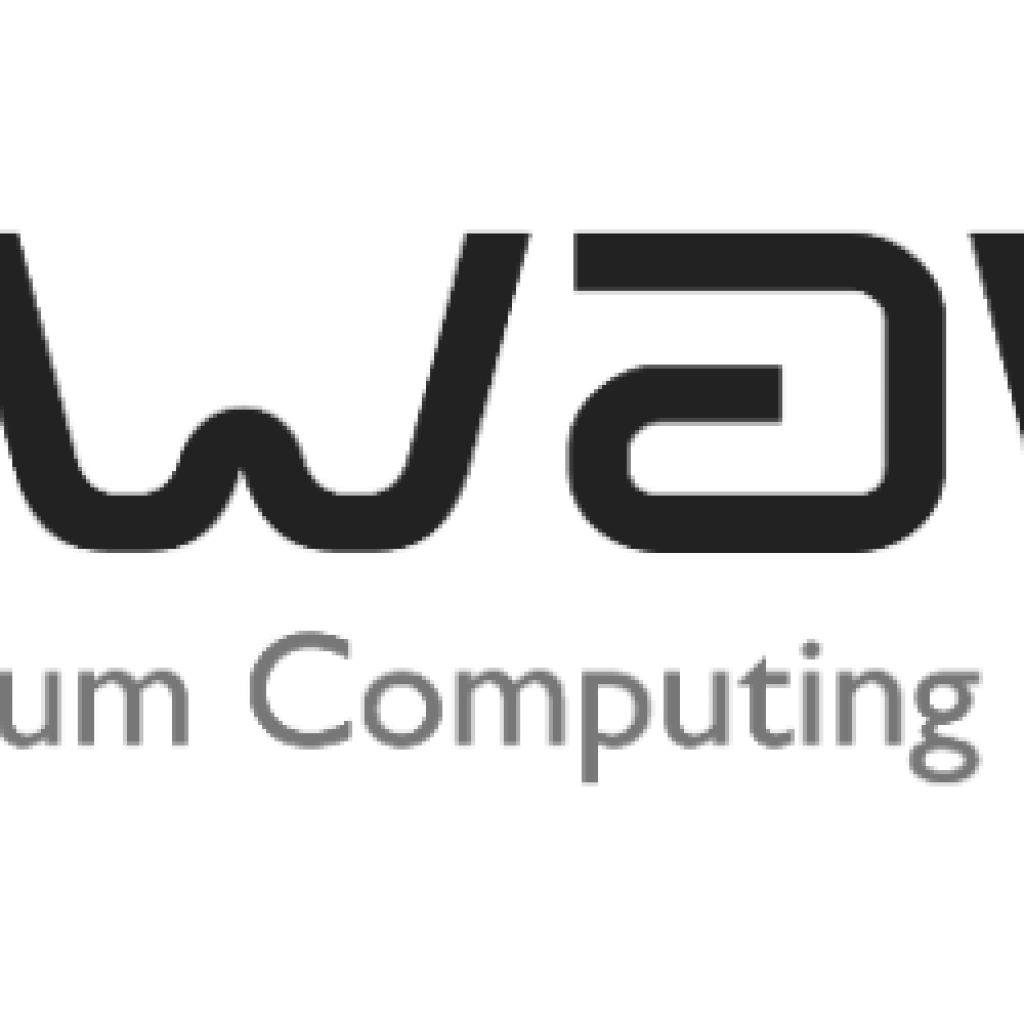(Finance.Yahoo) D-Wave Systems Inc. has published a milestone study in collaboration with scientists at Google, demonstrating a computational performance advantage, increasing with both simulation size and problem hardness, to over 3 million times that of corresponding classical methods. Notably, this work was achieved on a practical application with real-world implications, simulating the topological phenomena behind the 2016 Nobel Prize in Physics. This performance advantage, exhibited in a complex quantum simulation of materials, is a meaningful step in the journey toward applications advantage in quantum computing.
The work by scientists at D-Wave and Google also demonstrates that quantum effects can be harnessed to provide a computational advantage in D-Wave processors, at problem scale that requires thousands of qubits. Recent experiments performed on multiple D-Wave processors represent by far the largest quantum simulations carried out by existing quantum computers to date.
The paper, entitled “Scaling advantage over path-integral Monte Carlo in quantum simulation of geometrically frustrated magnets,” was published in the journal Nature Communications (DOI 10.1038/s41467-021-20901-5, February 18, 2021). D-Wave researchers programmed the D-Wave 2000Q™ system to model a two-dimensional frustrated quantum magnet using artificial spins. The behavior of the magnet was described by the Nobel-prize winning work of theoretical physicists Vadim Berezinskii, J. Michael Kosterlitz and David Thouless. They predicted a new state of matter in the 1970s characterized by nontrivial topological properties. This new research is a continuation of previous breakthrough work published by D-Wave’s team in a 2018 Nature paper entitled “Observation of topological phenomena in a programmable lattice of 1,800 qubits”
D-Wave Demonstrates Performance Advantage in Quantum Simulation of Exotic Magnetism
